Self-Publishing on KDP
Dos, Don'ts, and What You Need To Know

I've seen a lot of questions about self-publishing our stories floating around on assorted Vocal Facebook groups, so I figured it was time to put my experience to good use.
Kindle Direct Publishing, or KDP, is Amazon's platform for self-published and Print On Demand ebooks and paperbacks.
Introduced in November, 2007, Kindle was originally just a device for reading ebooks, which were quickly becoming the Next Big Thing, but quickly expanded as a place for Indie Authors to publish their books. From 2008 to 2018, publishing through Amazon was done through two seperate platforms: Kindle, for ebooks, and CreateSpace, for paperbacks. In November of 2018, these merged into KDP, for ease of use.
(CreateSpace was far superior for creating your own bookcovers from scratch, but I digress...)
Amazon's aim with Kindle Direct Publishing was to fill the gap left between Traditional Publishers (who accepted or rejected books based on what was popular) and Vanity Presses (who would print anything, but required authors to pay for the privilage, sometimes to the tune of thousands of dollars).
KDP works on a Print On Demand principle, meaning that a copy is only printed when a book is ordered, rather than having a stockpile. (Authors can also order copies to sell themselves at the cost of printing and shipping).
This also enables Amazon to be competitive by offering higher royalties. The cost of printing is taken out of the total price, and the author recieves a 35% -70% royalty of the remaining amount. The same applies to e-books, with a few cents for digital delivery taken out, and royalties paid on the remaining amount.
Amazon doesn't make money unless you do, but a little from the millions who get fed up with rejection letters and go their own way make for a lot.

What to Do
First, write your book, or at least an outline. You can do the set up while you write.
Second, it's worth shelling out the cash for a decent artist and some good cover art. KDP's Do-It-Yourself options are... not great for the majority of genres.
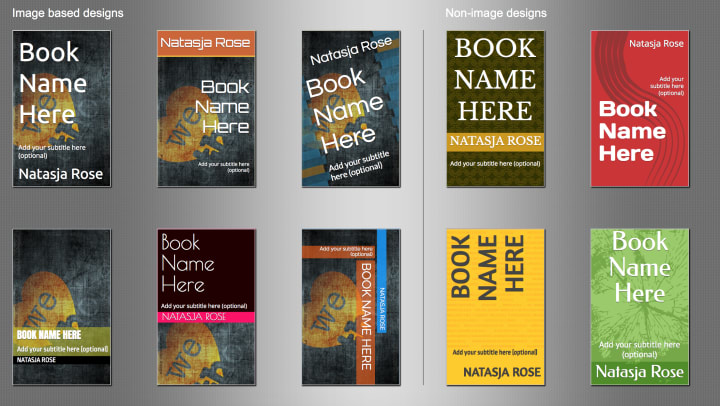
Yes, you can select your own free image or insert a photo, much like the Unsplash pictures Vocal uses, but readers can tell the difference between a cover that has time and effort put in, and one created in five minutes using the defaults.

The Book Cover Designer is my go-to for covers, with the option to either commission an artist, or buy a pre-made one at a range of prices. Once you purchase, you will be put in contact with the artist, who will add the desired Title, Author Name, and any subtitles. Sales happen regularly, and some artists sell in sets for those seeking to publish a series or trilogy.
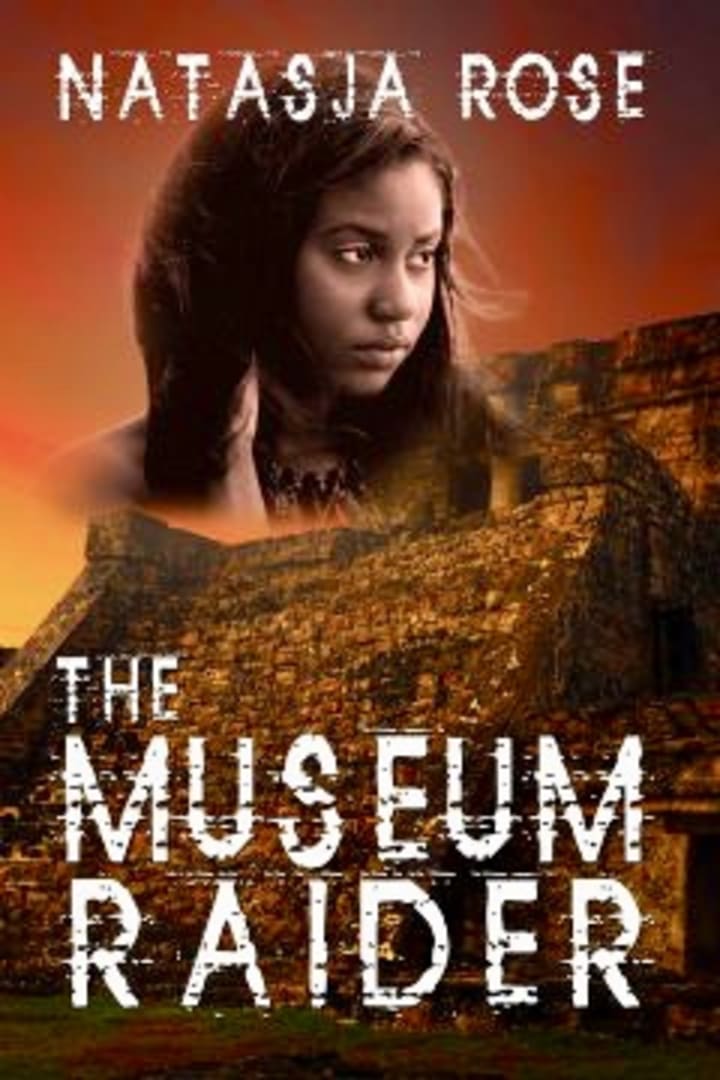
I am on a budget, so I tend not to spend more than $40 or $50 per cover. That doesn't really limit me, though, as I can still find at least a hundred at that range or less.

Third, take the time and effort to invest in an editor or at least a beta-reader.
By the time you finish your draft, you will have read it so many times that your eyes skip over typos, over-use of words, and conflicts between US and UK English. It took my partner, who edits for me in exchange for not having to wait to read it (her words), going over a scene before I realised that I'd used the word 'grimace' six times in a single scene.
Some outraged yelling through the loungeroom wall while I cooked dinner clued me in to the fact that a vital paragraph hadn't saved when I exported the document from my writing program to MS Word, and I was at risk of getting kicked out of Date Night if certain characters weren't confirmed to have survived.
Editors are a worthwhile investment, trust me.

Finally, make sure you read through the Terms and Conditions. After too many people abusing the system, Amazon cracked down hard on people doing the wrong thing.
There's a good chance for leniency if you fix the problem and explain why this or that error was a mistake, and most errors will be caught by the review prior to publication, but if you persist in breaking the rules, Amazon does like any other content website and bans you.
Getting banned will also forfeit any unpaid royalties, and you will not be able to just create a new account.

What NOT to Do
As mentioned before, don't mess around with things that are explicitly banned by the User T&C.
"Low Content" books like diaries and journals, essentially a lot of blank or lined pages, have been banned for years. Trying to publish them is one of the few things that will get you a single warning, followed by an Insta-ban. Additionally, Amazon's Print on Demand pages aren't really made to be written on beyond a quick message and a scribble at Author Signings. Trying to write on them as a diary or notebook? Doesn't end well.
On the topic of Content, there are very few things that KDP specifically disallows, but Grimdark Authors may need to do some extra editing to make sure their books fit requirements. Graphic content is allowed, though sometimes only with an age restriction, but glorification of graphic content - especially rape or murder - is not, and will result in your book failing the review process.
Don't deliberately mis-catagorise your book. It can be tempting to put your book in a niche catagory to bump up the ranking, but putting your GrimDark fiction in "Self-help for Kids" or "DIY Gardening" will get you in trouble when someone reports it.
Same with languages. Kanji, Arabic and Hindu, to name a few examples, don't print the same way as English, so a book that's set up to use the English Alphabet won't print those characters properly. It's also something that's easy to miss in review, since the people reviewing are looking at content, not what language you set it up under. That costs Amazon in refunds and annoyed customers, so double-check that your book settings are correct before you publish.

What You Need To Know
Overall, I find KDP worth the experience.
Much like Vocal, you need to do your own editing, marketing and promotion, but realistically there are very few limits on what you can publish. Also like Vocal, if you make your book exclusive to Amazon, you get paid for Pages Read through Kindle Unlimited, as well as for sales. It's about 0.5 cents per page, but in a book of a few hundred pages, read by a dozen people, that adds up quickly. There have been months where I made more through reads than I did from sales.

My Experience
It's taken me almost six years to get to where I am now.
I published my first book in July of 2015, and sold 5 books that first month. I ran my first bookstall three months later, after publishing my second book in August, and my audience grew.
I don't have the flood of reviews that some authors do, but I don't have many negative ones, either.
Some months I make more than others, particularly if some Big Name Author has published something new and readers are distracted by that, but I've yet to have a month where I earned nothing.

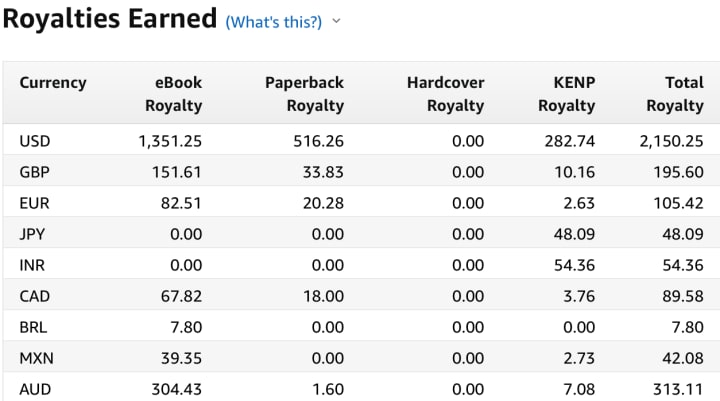
This month, December 2021, will be the third time that I've made over the $100 threshold in a single month. That's due almost entirely to my latest book, a Jane Austen Fan Fiction that proved to be far more popular than I anticipated, with 36 pre-orders and almost 10,000 pages read in barely two weeks.
So, How Do I Set Up My Book?
Once you have your edited manuscript in hand, setting up the book takes about an hour, most of which is double-checking that the formatting is correct and playing around with the search keywords.
First, create your account, which is as simple as an email and a password. If you're already an Amazon Customer, you can set it up using your existing details.
Once your account is created, click on the 'Bookshelf' tab, and you'll see this:
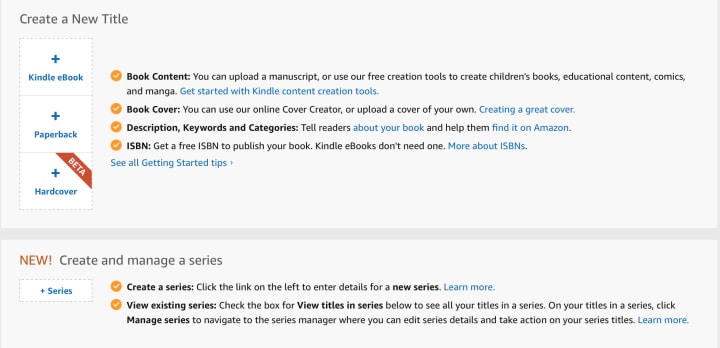
Set up your eBook first; you'll then have the option for KDP to copy the details onto the Paperback Set-Up after you click 'publish'.
You'll also have the option (eBook only) to either pubish now or make a book available for pre-order. Pre-orders can be put in place up to a year before the release date, and the release date can be pushed back up to 30 days. Be Warned: you can only push back the release once, and if you fail to upload the manuscript before the deadline (roughly 3 days before release), your pre-order will be cancelled and you won't be able to put another pre-order in place for a year.

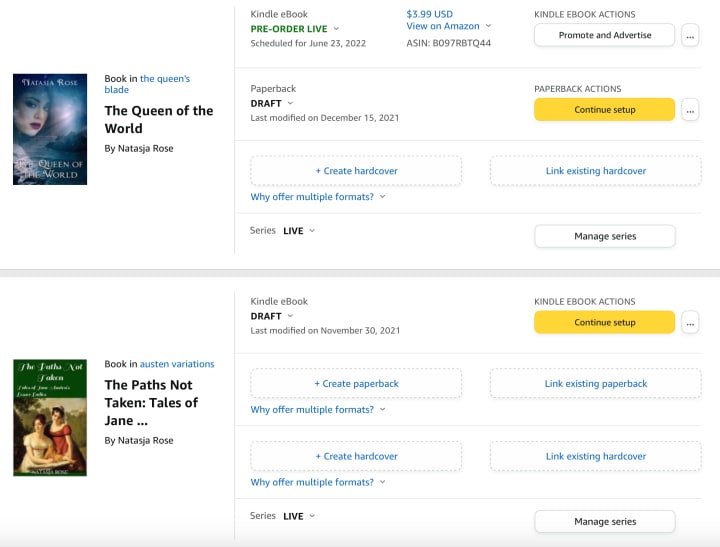
You can also set up your book as a draft, and publish at a later date.
Set up is separated into three parts: Book Details, Book Content and Book Pricing. I shouldn't need to explain how those work.
Depending on the size/length of your book, there may be a minimum price in order to cover the cost of printing and ensure that you get some royalties, but it's rarely more than $2.99 for ebooks and $6.99 for paperbacks.

Getting Paid
For most countries, you'll be asked to enter your bank details in order to get paid. For royalties in foreign currency, you may require your bank's SWIFT or BIC code for international money transfers.
For non-supported countries, including India and parts of the Middle East and Africa (something to do with financial treaties), bank transfers won't work, but a cash app like Payoneer will.
There are two ways to recieve payments: Monthly via Electronic Fund Transfer (EFT), or cheque or wire transfer once you reach a minimum threshold of $100 in that currency (plus $5 tax).
If you don't reach the threshold in a single month, those royalties will be added to the next month, and so on until you hit the magic number. It's common not to get a round figure, so you'll recieve the total amount in the month that you passed the threshold, whatever that happens to be.
(The frustrating thing is when you spend a month sitting on $97 dollars, and have to wait an extra month for that extra $8, only for the next months royalties to be $50 or $60, sending you halfway to your next payout...)
The royalties will be transferred 60-ish days after the end of the month in which they are earned, so royalties made in January will be recieved on March 29th, December royalties on Febuary 28th, etc.
You'll also recieve a payment summary to include in your tax. The US fiscal year ends in December, and you'll usually get the summary around February or early March. It will detail the total royalties, and any tax paid.

If you liked this story, leave a heart or a tip, and follow me on Vocal and Medium!
About the Creator
Natasja Rose
I've been writing since I learned how, but those have been lost and will never see daylight (I hope).
I'm an Indie Author, with 30+ books published.
I live in Sydney, Australia






Comments
There are no comments for this story
Be the first to respond and start the conversation.